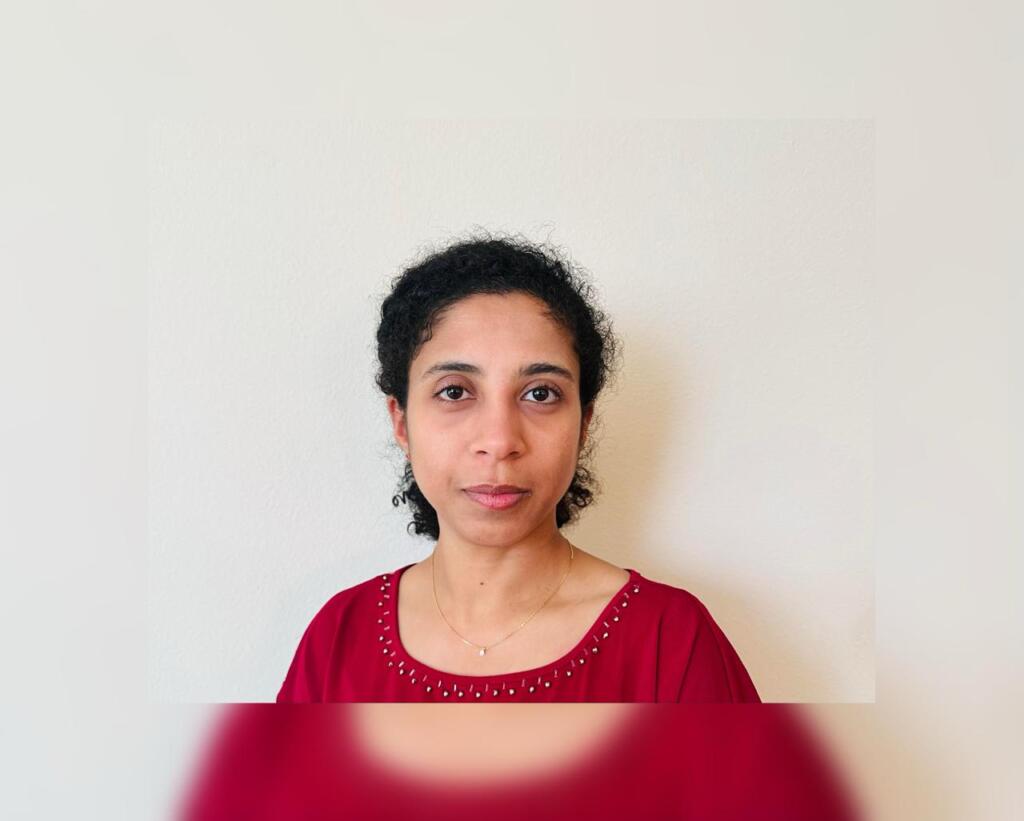The world is currently grappling with increasing environmental challenges as well as health hazards posed by air and liquid pollutants, so the development of effective filtration technologies has become imperative. Sreevalli Bokka, a distinguished researcher in the field of material science and engineering, has made significant strides in advancing filtration technology through the development of charged fiber membranes.
The Significance of Filtration Technology
The reduction of the number of pollutants such as greenhouse gases and particulate matter from the atmosphere is one of the key challenges faced today. Elevated concentrations of these pollutants in the atmosphere lead to several health hazards such as nausea, bronchitis, and a weakened immune system. Filter membranes are widely used to capture these pollutants from the air stream. Filter membranes are composed of long fibers that are randomly oriented to form a web of fibers. The efficiency of the filter membrane is dependent on the fiber diameter, pore size, and thickness of the membrane.
The Emergence of Charged Fiber Membranes
Sreevalli Bokka’s pioneering work has focused on the development of charged fiber membranes, which utilize electrostatic interactions to achieve high capture efficiency while maintaining a low-pressure drop.
Polymeric materials such as fluoropolymers and polypropylene are commonly used for the charged fiber membrane. Alternatively, a charged fiber membrane can be fabricated by incorporating polyelectrolytes into the electrospinning process. Depending on the specific application requirements, the charged fibers can be either positively charged (cationic) or negatively charged (anionic).
Advancements in Nanotechnology and Material Science
Bokka’s research underscores the pivotal role played by advancements in nanotechnology, material science, and engineering in the development of charged fiber membranes. The refinement and innovation of nanofibers through the evaluation of the electrospinning process have been critical in this regard.
Impact of Fiber Orientation on Charged Fiber Membranes
In her previous research, Sreevalli Bokka investigated the impact of fiber orientation and alignment on the charge capacity and mechanical strength of charged fiber structures. Her findings revealed that highly aligned fiber structures exhibited greater charge per unit mass compared to non-aligned structures, presenting a promising avenue for developing enhanced charge-functionalized fiber structures.
Applications Across Industries
Charged fiber membranes have found widespread applications across various industries, including wastewater treatment, filtration, biomedicine, environmental remediation, and industrial processes. These membranes serve diverse roles in filtration and separation, such as in air purifiers, HVAC panels, medical respirators, and face masks, underscoring their versatility and potential impact in addressing challenges across different sectors.
Criteria for Choosing Charged Filter Membranes
Bokka emphasizes several criteria for selecting charged filter membranes, including considering the application, as in whether the membrane will be used for separating gas or liquid; type of charged filter membranes, considering the specific characteristics and performance requirements of different types of charged membranes, such as electret filter membranes or membranes incorporated with polyelectrolytes; chemical compatibility, accessing whether the membrane is chemically compatible with the separating fluid; and the micron rating of the filter membrane, to the pore size of the membrane to ensure it is appropriate for achieving the desired level of separation. By carefully evaluating these criteria, informed decisions can be made when choosing a charged filter membrane that meets specific needs and requirements.
Advantages of Charged Fiber Membranes
There are several benefits of charged fiber membranes, including High filtration efficiency in capturing particles, pollutants, and contaminants from air or liquid streams, leading to cleaner and purer outputs. These membranes offer reliable and consistent performance, ensuring effective filtration even in challenging operating conditions, while also providing cost-effective filtration solutions by minimizing energy consumption, reducing maintenance requirements, and extending the lifespan of filtration systems. Moreover, with their robust design and reliable performance, charged fiber membranes offer dependable filtration solutions for various applications, contributing to operational stability and consistency
The Future of Charged Fiber Membranes
Charged fiber membranes constitute an evolving technology in filter membranes. Ongoing research and development involve the use of novel materials, advanced fabrication techniques, and innovative design strategies to further expand the capabilities of these membranes in the filtration
industry to continuously address challenges of scalability, cost-effectiveness, and environmental sustainability.
In conclusion, Sreevalli Bokka’s work in the development of charged fiber membranes stands as a testament to the potential of innovative filtration technologies in addressing pressing environmental and health challenges. Her contributions are poised to have a lasting impact on the industry, paving the way for cleaner and healthier environments across various sectors.
